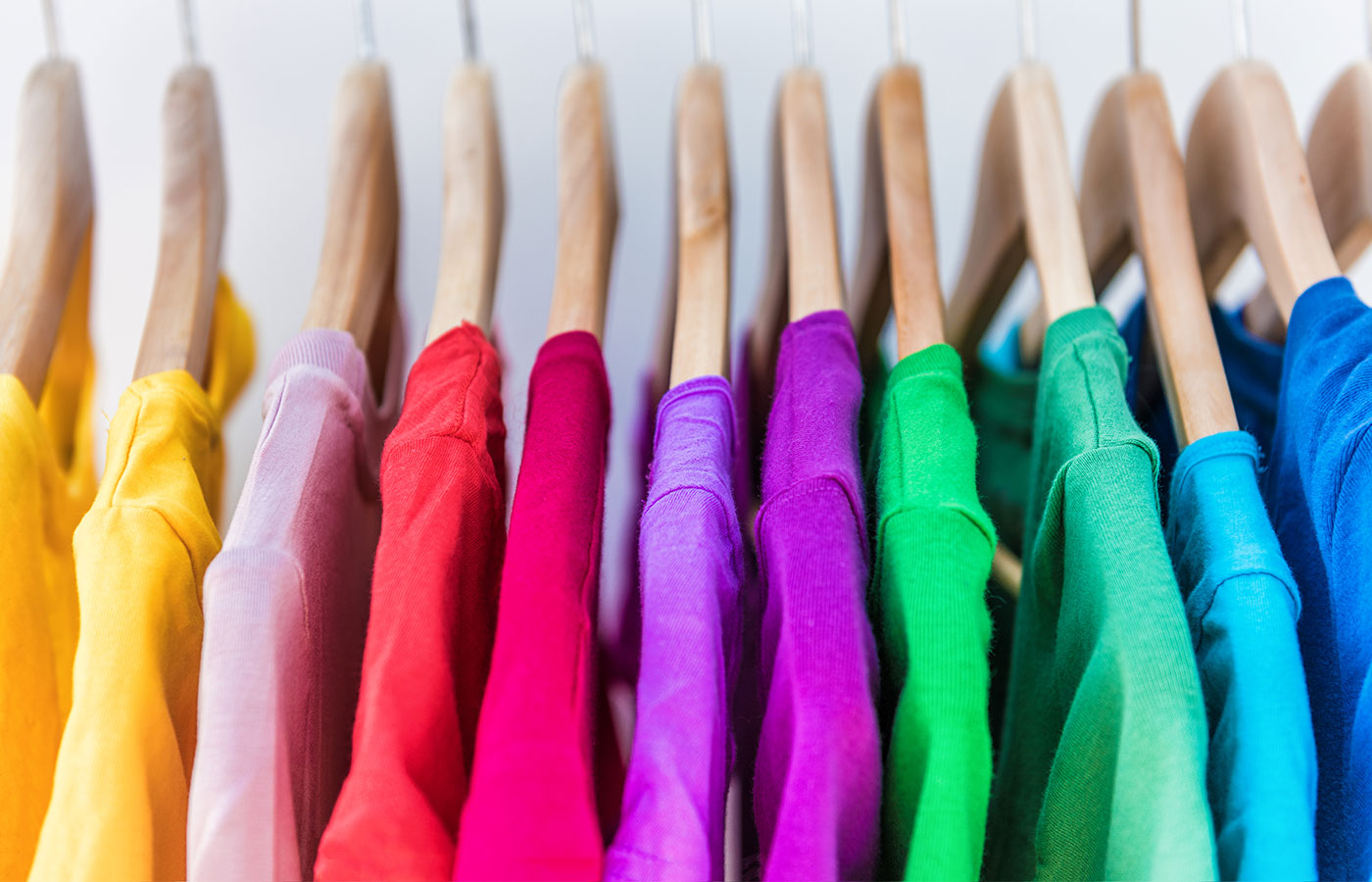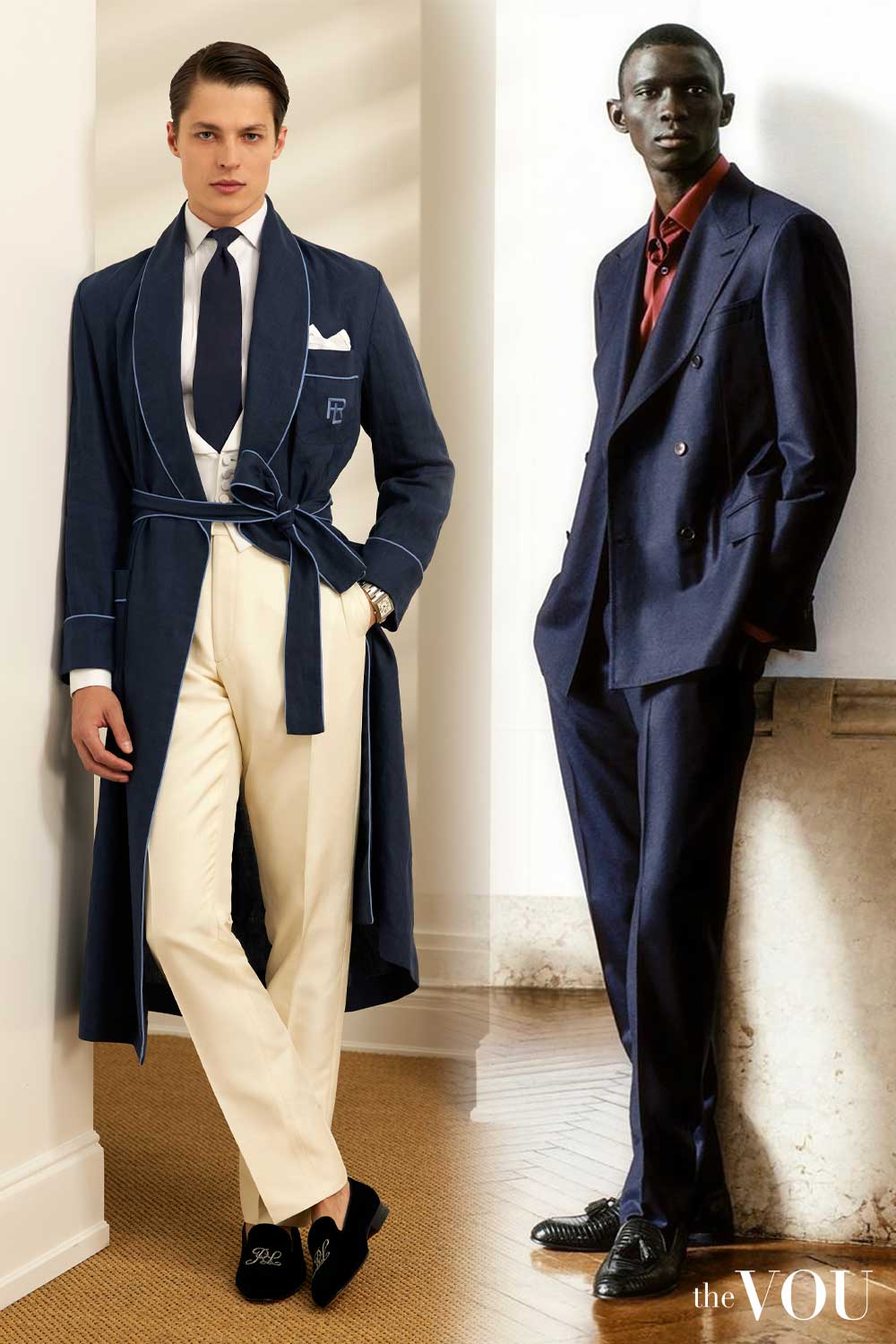Branded Clothing Care: Fabric Types and Washing Tips You Need
Understanding Clothing: The Value of Material Selections in Your Closet
The choice of fabric in apparel plays an essential duty in both aesthetics and capability. Various materials offer varying levels of durability, breathability, and comfort, directly influencing the wearer's experience. Comprehending these nuances can improve one's closet significantly. Many overlook how these choices can influence not just individual design, however also sustainability. What textile choices could redefine your closet and straighten it with both style and responsibility?
The Role of Fabric in vogue and Capability

Usual Textile Types and Their Characteristics
When choosing apparel, recognizing the qualities of usual textile types is crucial for making educated choices. Cotton, a widely-used natural fiber, is known for its soft qualities, breathability, and versatility, making it ideal for informal wear and day-to-day garments. Linen, an additional natural choice, boasts exceptional moisture-wicking residential properties and an unique texture, perfect for warm climates.Wool, commonly favored for its warmth and longevity, differs in fineness; merino woollen is soft against the skin, while coarser types are used for outerwear. Synthetic fabrics like polyester and nylon supply resilience and resistance to wrinkles, making them preferred for activewear and traveling garments. Blends, which integrate artificial and natural fibers, can improve functionality while preserving comfort. By acknowledging these material features, people can pick garments that lines up with their way of life and aesthetic preferences.
Breathability and Convenience: Choosing the Right Fabrics for Various Climates
Selecting the appropriate fabrics for different environments can greatly boost convenience and overall wearability. Breathable products are important in warm climates, as they permit air flow and wetness dissipation. Fabrics such as cotton, bed linen, and moisture-wicking synthetics efficiently attract sweat far from the body, keeping the user cool and dry. On the other hand, in chillier environments, thicker materials like woollen or fleece offer insulation while keeping breathability, ensuring warmth without overheating.Additionally, the choice of fabric weight plays an essential duty; light-weight textiles are more effective for summer season, whereas larger options are fit for winter season wear. Recognizing the one-of-a-kind residential properties of each fabric allows people to clothe appropriately for differing weather. Ultimately, choosing comfy and breathable materials customized to particular climates can greatly boost everyday comfort and boost the total experience of wearing garments.
Toughness and Treatment: Exactly How Textile Influences Durability of Your Wardrobe
Selecting the best products can considerably affect the longevity and care requirements of a closet. Fabrics such as cotton and polyester are recognized for their durability and simplicity of upkeep, making them suitable for everyday wear. On the other hand, fragile materials like silk and lace need even more cautious handling and specialized cleansing approaches, which can raise the moment and effort required for care. Branded Clothing.Durability is also affected by the material's weave and coating; firmly woven materials often tend to resist deterioration much better than freely woven options. Furthermore, synthetic blends often provide boosted resilience, integrating the finest qualities of multiple fibers.Understanding the treatment directions for every material is important, as incorrect drying out or cleaning can lead to premature wear. Inevitably, picking sturdy products can result in a longer-lasting wardrobe, reducing the regularity of substitutes and contributing to a much more sustainable style selection
The Influence of Fabric on Fit and Shape

Lasting Fabric Selections: Making Eco-Friendly Decisions
The influence of fabric expands past fit and visit shape to encompass ecological aspects, motivating a growing interest in sustainable material options. Environment-friendly textiles, such as natural cotton, hemp, and Tencel, are getting traction amongst customers that prioritize sustainability in their wardrobes. These products are frequently produced with less chemicals and water, lowering their ecological footprint.Additionally, recycled materials, made from post-consumer waste, provide a cutting-edge option to the fabric industry's pollution trouble. Brands progressively embrace openness in their sourcing techniques, enabling customers to make educated decisions about their purchases.Choosing lasting materials not only supports ethical practices yet also encourages the garment industry to embrace more liable production approaches. As recognition of environmental problems increases, people are prompted to assess the lasting impact of their textile options, fostering an activity towards a much more eco conscious and lasting approach to style.
Raising Design: How Material Can Change an Outfit
While several may concentrate on color and cut when choosing an outfit, the option of fabric plays an essential duty in boosting design and enhancing total look. Various materials share distinct state of minds and messages; for instance, silk shows deluxe and sophistication, while denim supplies a laid-back, loosened up vibe. The texture and drape of a material can substantially alter the silhouette, with organized fabrics providing a sleek appearance and softer ones developing an extra fluid, relaxed aesthetic.Moreover, the weight of the fabric influences wearability throughout seasons. Lightweight fabrics useful link like bed linen and cotton are ideal for summertime, while much heavier products such as woollen and velvet provide heat and sophistication in colder months. Comprehending textile properties, such as breathability and stretch, additionally encourages people to make informed options that boost convenience without endangering design. Ultimately, the best material can transform an attire from average to amazing, making it a crucial consideration in any wardrobe.
Regularly Asked Inquiries
Exactly how Do I Determine the Textile Material of My Clothes?
To identify textile web content, one can take a look at treatment labels, conduct shed examinations for fiber recognition, or get in touch with fabric examples. These techniques help separate products, ensuring notified choices for apparel treatment and upkeep in everyday wear.
Can Material Choice Affect My Mood or Confidence?
Textile option can considerably influence an individual's state of mind and self-confidence. Branded Clothing. Particular materials might evoke sensations of comfort or elegance, while others can feel restrictive or uncomplimentary, ultimately affecting self-perception and emotional health throughout the day
What Fabrics Are Finest for Sensitive Skin?
For individuals with delicate skin, all-natural materials like cotton, bamboo, and linen are typically suggested. These products are breathable, hypoallergenic, and much less most likely to create inflammation, making them appropriate choices for comfort and skin health and wellness.
How Do I Appropriately Wash and Look After Different Fabrics?
To appropriately care and wash for various textiles, one need to take into consideration each material's certain requirements, consisting of temperature level setups, cleaning agents, and drying out methods, making sure durability and preserving the textile's initial qualities for suitable usage.
Exist Details Fabrics for Athletic or Efficiency Put On?
Sports or performance wear usually makes use of materials such as polyester, spandex, and nylon. These products are made for moisture-wicking, breathability, and flexibility, improving motion and comfort during exercises while offering resilience and support. Alternatively, in cooler environments, thicker fabrics like woollen or fleece supply insulation while keeping breathability, ensuring warmth without overheating.Additionally, the option of material weight plays a crucial duty; lightweight textiles are preferable for summertime, whereas much heavier choices are matched for winter wear. In comparison, delicate products like silk and lace call for more cautious handling and specialized cleaning techniques, which can boost the time and effort required for care.Durability is additionally influenced by the fabric's weave and finish; tightly woven materials tend to resist wear and tear far better than loosely woven options. In comparison, stiff fabrics can restrict movement however give a timeless, refined look.Moreover, the density and structure of the textile can influence the aesthetic assumption of body shape. The impact of fabric expands beyond fit and shape to include ecological aspects, triggering an expanding passion in lasting textile options. The texture and drape of a fabric can drastically modify the silhouette, with organized fabrics supplying a refined appearance and softer ones creating an extra fluid, kicked back aesthetic.Moreover, the weight of the textile influences wearability throughout periods.